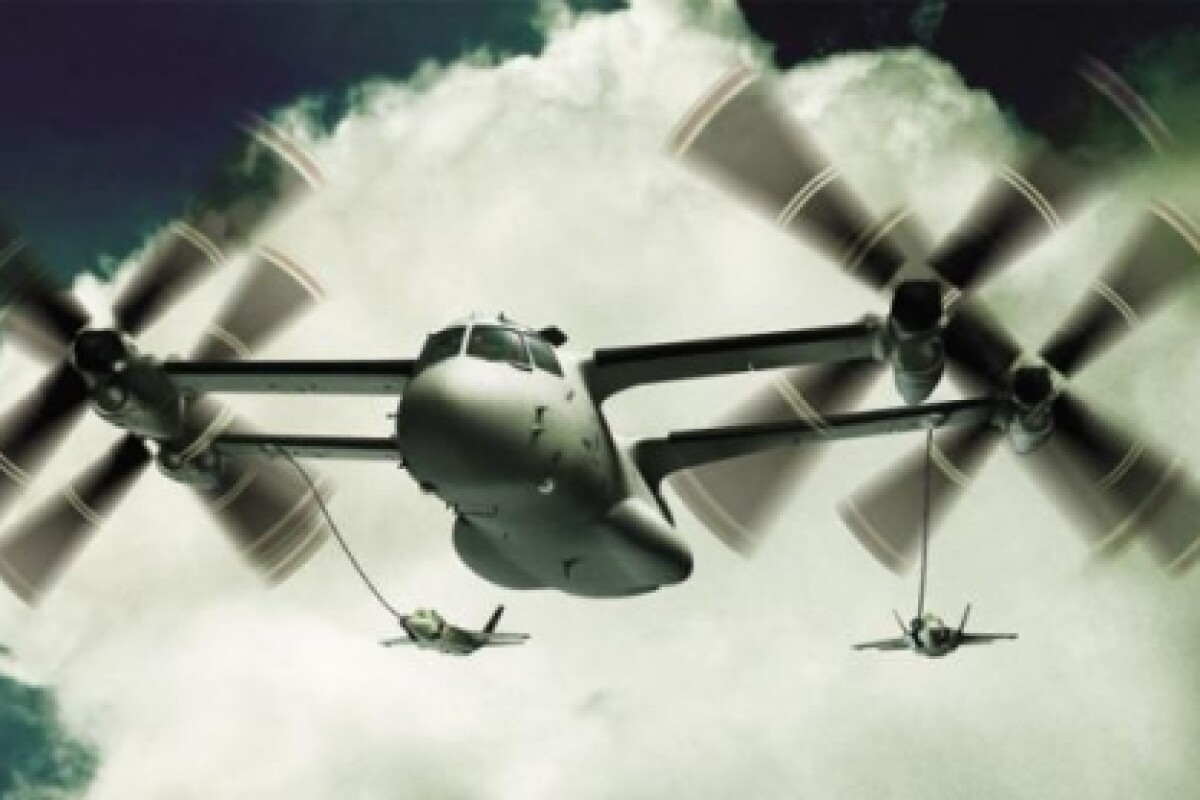September 24, 2005 The team of Bell Helicopter and Boeing has been awarded a $3.45 million contract by the U.S. Army to perform conceptual design and analysis of its Quad TiltRotor (QTR) aircraft for the Joint Heavy Lift (JHL) Program. "The Bell Boeing team is exceptionally pleased to have been one of the teams chosen by the Joint Service Team to take the first step in providing a truly transformational vertical lift cargo aircraft," said Mike Redenbaugh, chief executive officer of Bell Helicopter. "The critical need for long range, high speed, heavy lift without access to runways is being highlighted around the world every day."
"We view this as an important first step toward defining the next generation of high-speed, heavy-lift rotorcraft," said Ron Prosser, Boeing Phantom Works vice president and general manager of Integrated Defense Advanced Systems. "This Bell Boeing effort is a great opportunity to demonstrate the utility of cutting edge technology in meeting joint service needs."
Bell Boeing's QTR is an evolutionary application of its tiltrotor technology utilized in the V-22 Osprey. The QTR is a tandem-wing, four-proprotor aircraft with a large cargo fuselage and a rear-loading ramp. Four turboshaft engines, each mounted in one of four tilting wingtip nacelles, power the proprotors through interconnected transmissions for redundancy.
The QTR design will be sized, refined and analyzed over the next 18 months to determine program requirements and feasibility of further development. Bell Helicopter , a subsidiary of Textron Inc., is a leading producer of commercial and military helicopters and the pioneer of the revolutionary tiltrotor aircraft.









